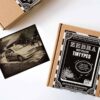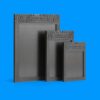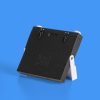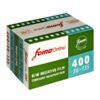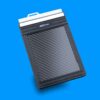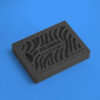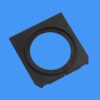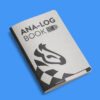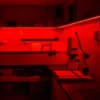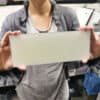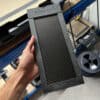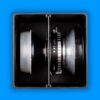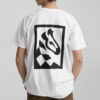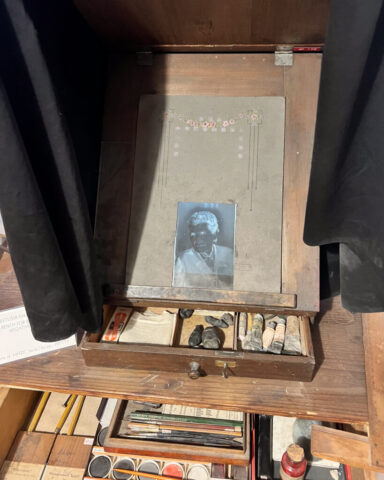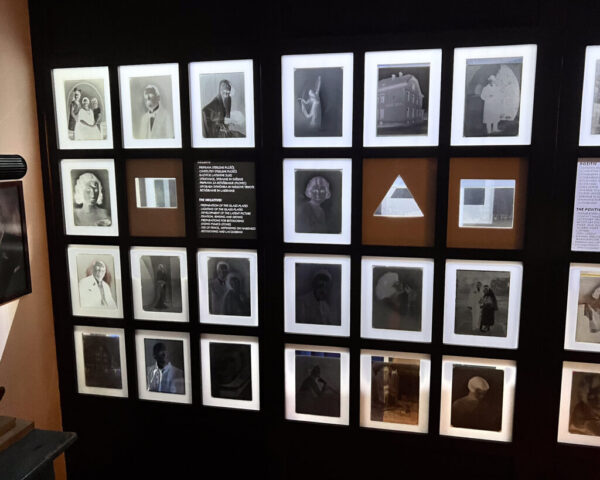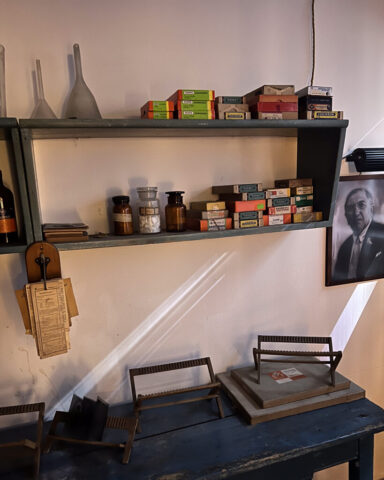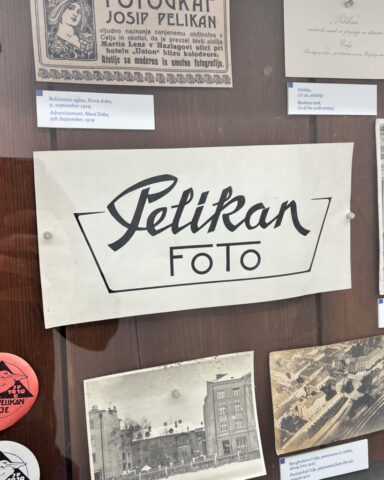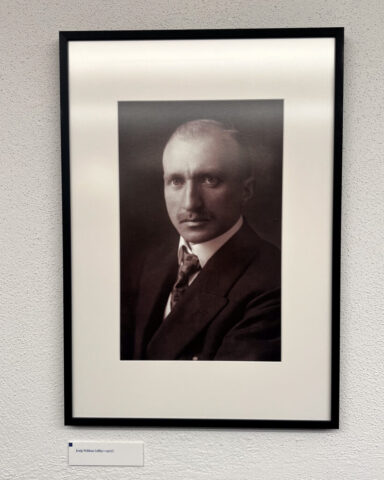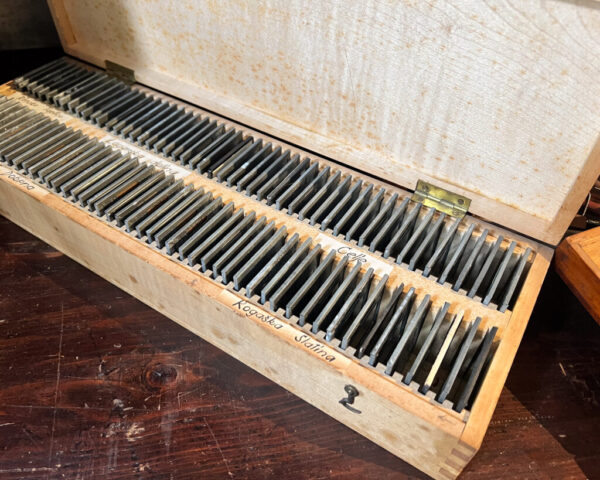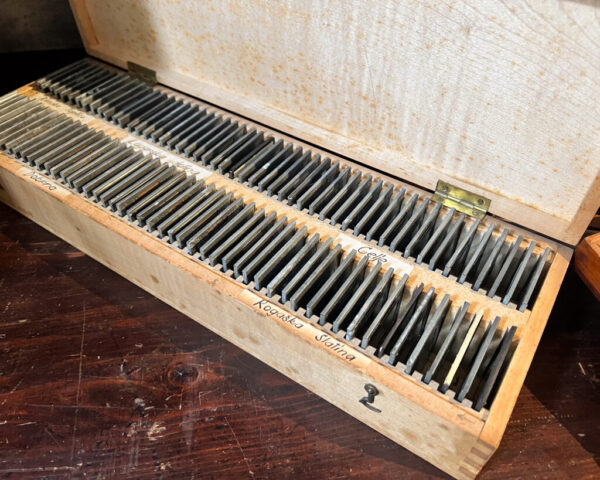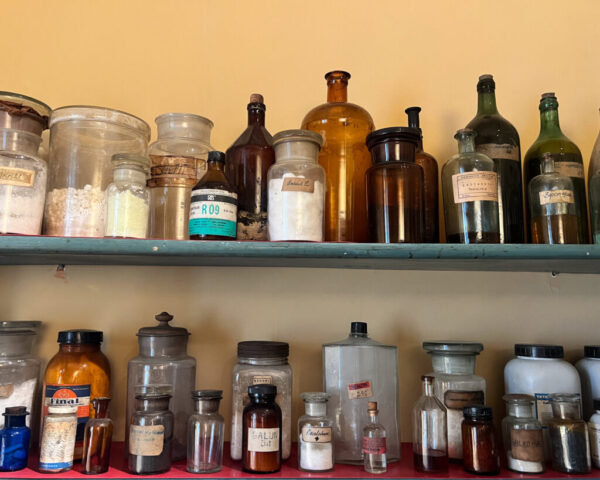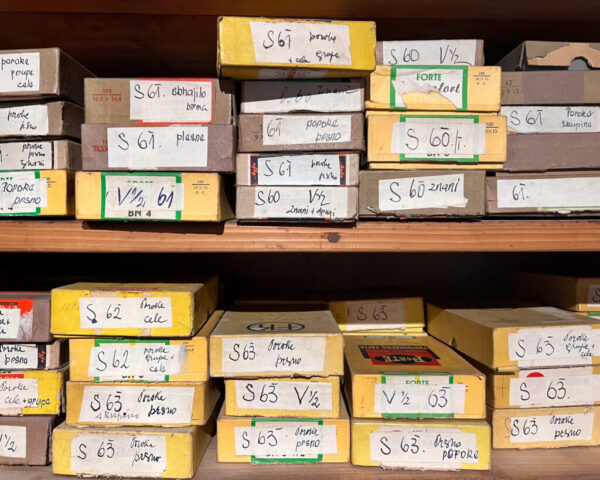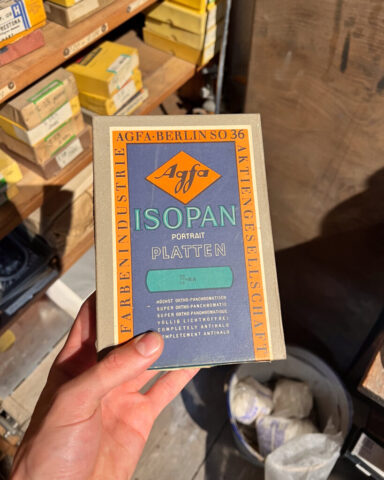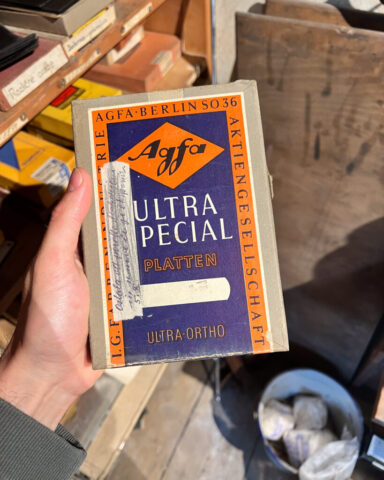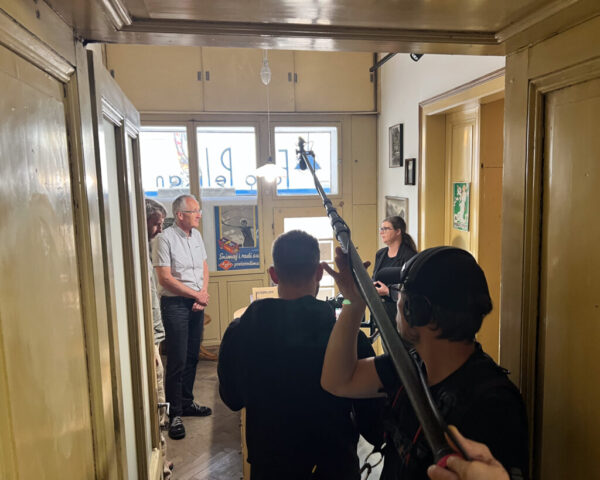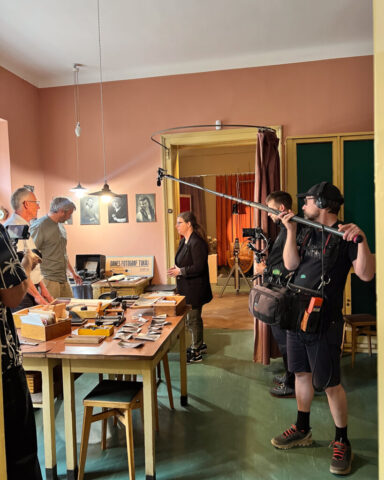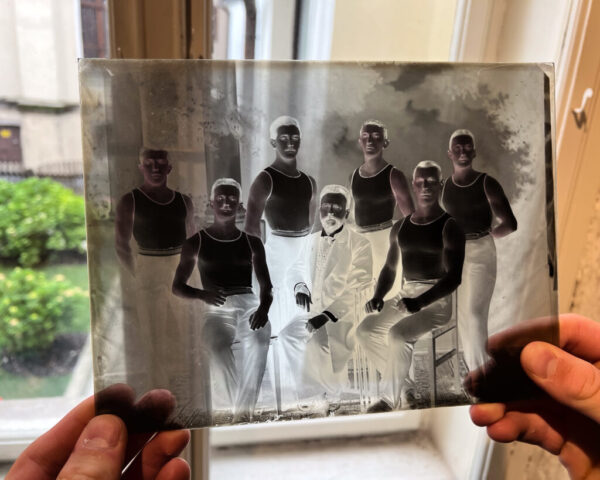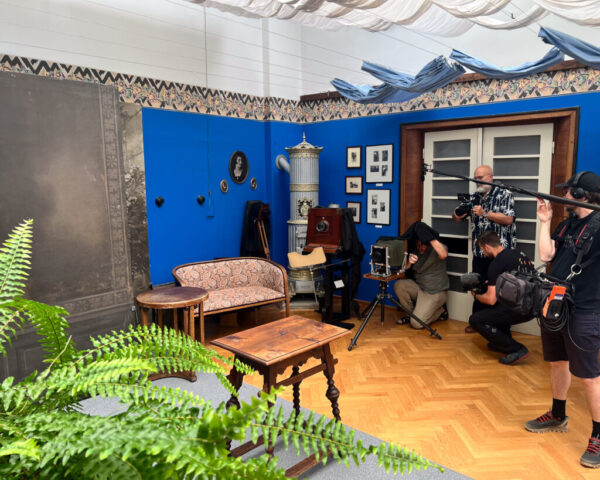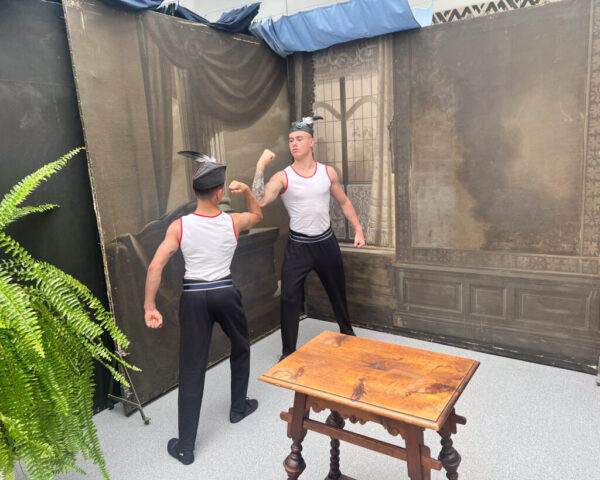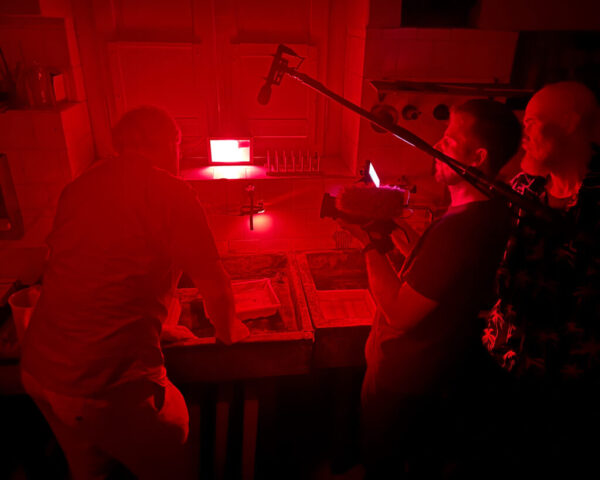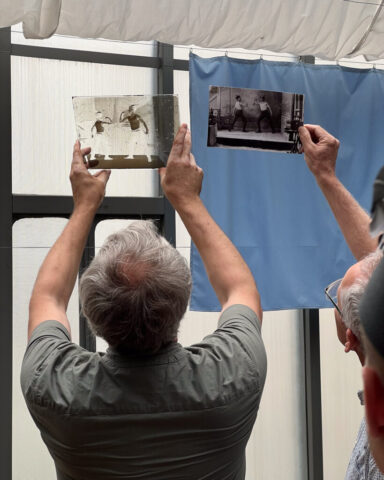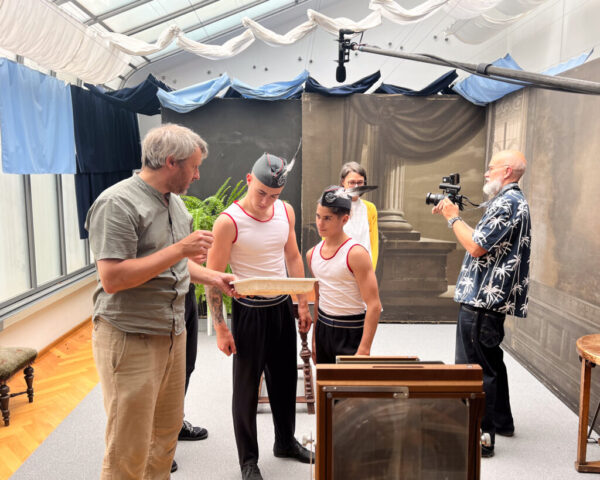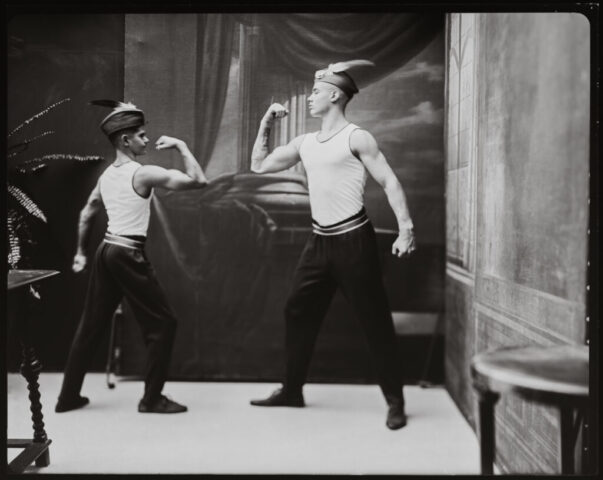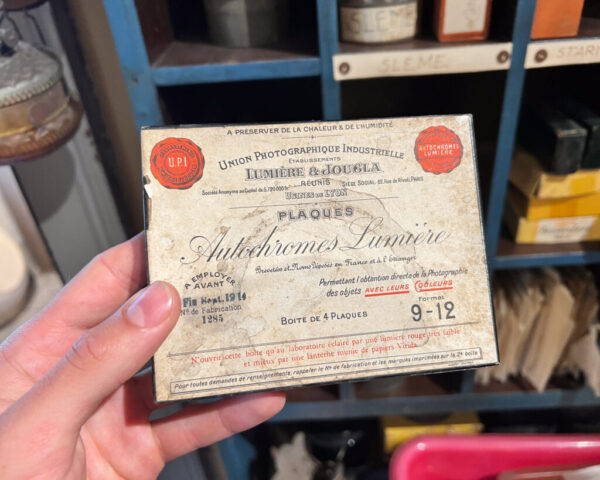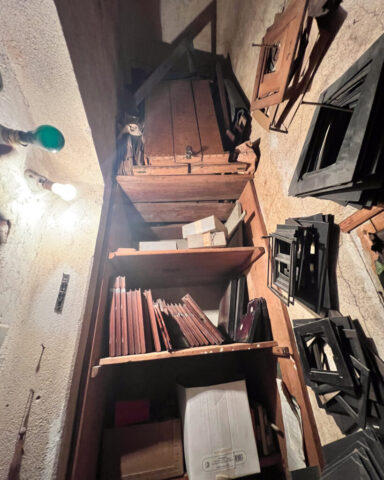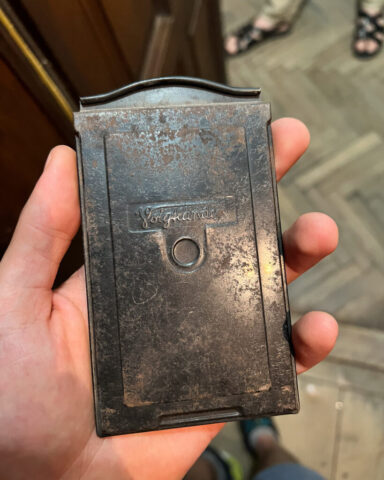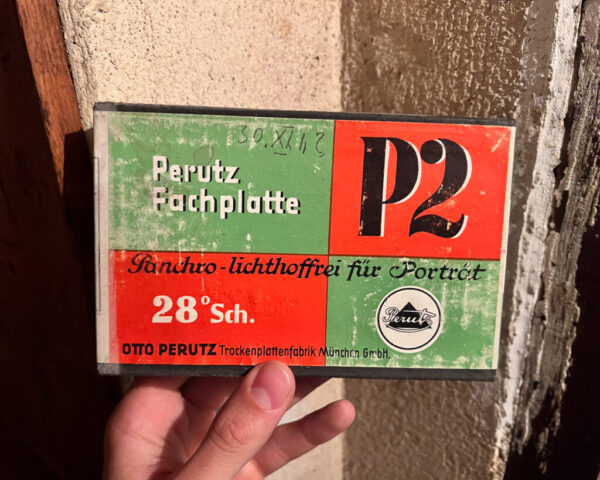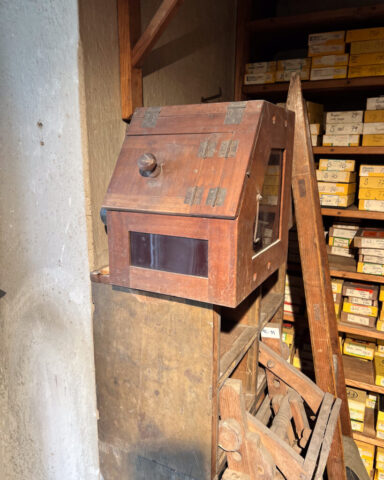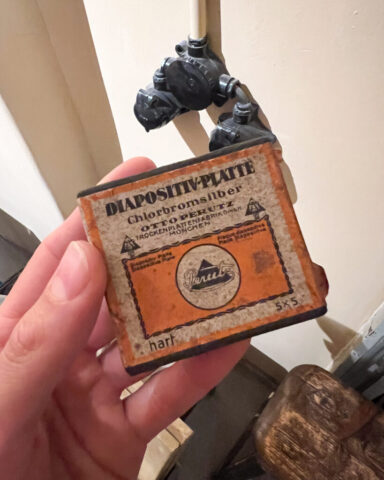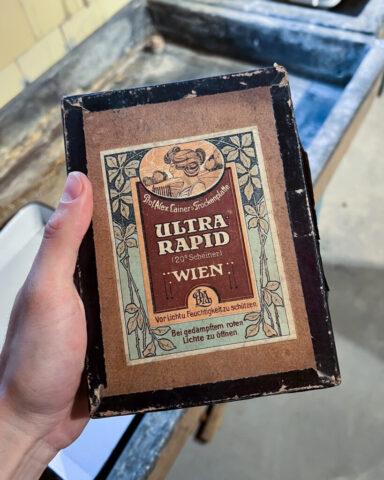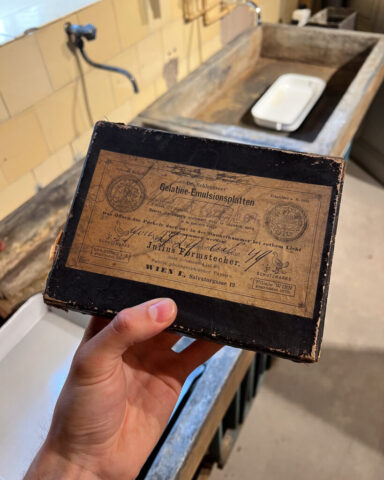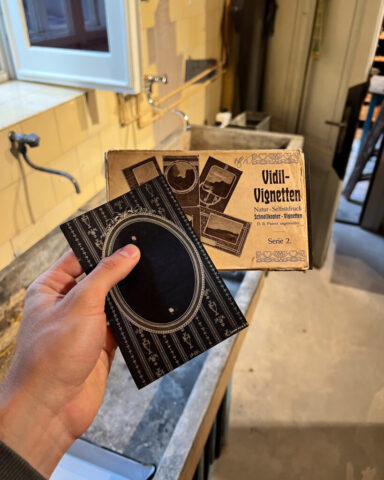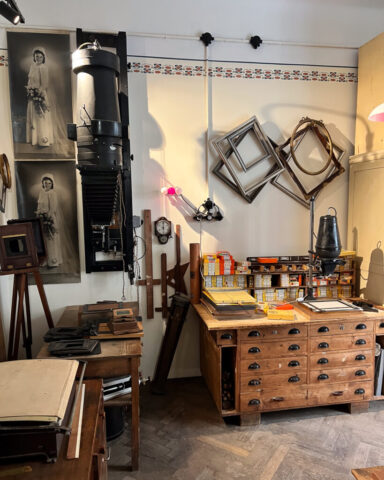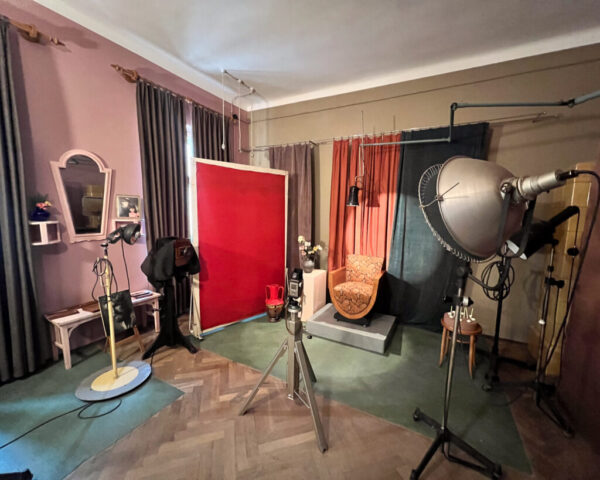A Journey into Slovenia’s Dry Plate Legacy & Filming a Dry Plate Documentary
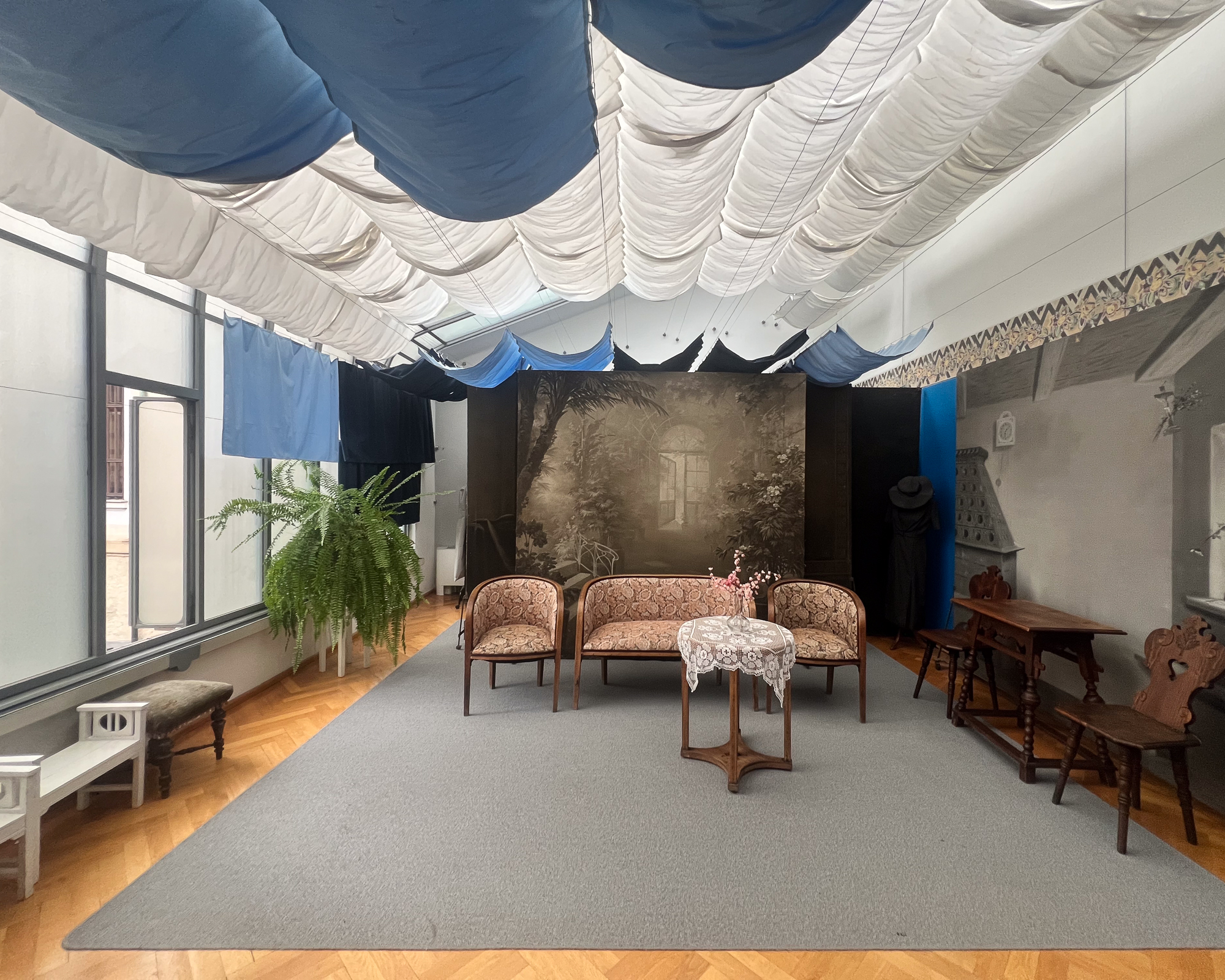
This week, I had the unique opportunity to visit the Pelikan Glass Studio in Celje, Slovenia, a beautifully preserved photographic time capsule that offers a rare glimpse into the golden age of dry plate photography. Stepping into this historic space felt like traveling back more than a century, to a time when photography was not just a craft, but an art form practiced with precision, patience, and, most notably, glass.
The Golden Age of Dry Plate Photography.
The late 19th and early 20th centuries marked a turning point in photographic history. The invention of pre-coated glass dry plates revolutionized the field, replacing the demanding wet collodion process and making photography more accessible, portable, and reliable. As a result, photographic studios began to flourish across Europe. Many photographers built lasting legacies during this era, among them Slovenia’s own Josip Pelikan, who stands proudly among the greats of this golden age.
Who Was Josip Pelikan?
Josip Pelikan (1885–1977) was a master photographer whose name became synonymous with portrait photography in Celje and the surrounding region. After World War I, he purchased a grand house with an adjoining glass atelier, originally built in 1899 by the renowned photographer Johann Martin Lenz (1864–1916). This property would serve as both home and studio for the Pelikan family for nearly six decades.
But Pelikan’s studio was much more than a workplace; it became a training ground for future photographers. His meticulous attention to light, composition, and technique left a lasting impression on the Slovenian photographic tradition.
Preserving a Legacy
After Josip’s passing, his daughters, especially the younger Božena Pelikan (1922–2016), took careful stewardship of the studio and its archives. Božena continued the family craft and maintained the studio well into the late 20th century. In the 1990s, the property and its vast archive began transitioning under the care of the Museum of Recent History Celje.
Today, the museum preserves tens of thousands of photographs and glass plate negatives, as well as an extraordinary array of cameras, tools, documents, and historical materials. Every corner whether a door, drawer, or old dry plate box is packed with stories waiting to be uncovered. I could have spent days exploring.
The star attraction is undoubtedly the original glass studio, built by Lenz and used by Pelikan before World War II. Since 1997, it has been open to the public as a dedicated museum space. It remains the only preserved glass photographic atelier of its kind in Slovenia and one of the few left in Europe. Bathed in natural light and filled with original equipment, it offers a rare, immersive look into early 20th-century photographic practice.
Filming the Dry Plate Documentary
This remarkable studio also became the backdrop for filming scenes of the dry plate photography documentary currently being produced by Slovenia’s national television. We aimed to recreate one of Pelikan’s iconic portraits of a local gymnastics group, an image originally taken right in this very studio, on a glass dry plate.Thanks to the studio’s perfectly preserved setup, and with a little help from me and the Zebra Dry Plates, we were able to produce a remarkably faithful recreation of the original photograph. Working alongside Peter and his beautiful Primer 8×10 camera, we captured the image on standard Zebra glass dry plates. Even more exciting, we had the chance to process the negative in the very same darkroom where Pelikan himself once developed his plates. An unforgettable experience.
A Little Dry Plate Treasure Hunt
While the filming was happening, I couldn’t resist slipping away on a little treasure hunt of my own searching through drawers, cabinets, and shelves for any dry plate boxes or vintage brands I could find. And let me tell you, what’s on display is just the tip of the iceberg. The museum is packed with photographic history.
At one point, I even stumbled upon a beautiful old box of Autochromes unfortunately empty, but still, what a find! Maybe it’s a sign that we should start making dry plates again? With our new coating machine soon to be installed… Nothing really feels impossible anymore. 😄
The Pelikan House Today
Following Božena Pelikan’s passing in 2016, the museum took over the entire residential building, expanding the exhibition and work space to over 600 square meters. On the ground floor, visitors can still step into the pre-WWII studio, preserved almost exactly as it was during the Pelikan family’s working years.
The Pelikan Glass Studio is more than just a museum; it’s a living testament to Slovenia’s rich analog photography heritage. For anyone passionate about historical photographic techniques, and especially dry plate photography, this place is nothing short of magical.
I’ll be honest I went straight to bed when I got home. My head was spinning, trying to process everything I had just experienced. If you enjoy these more history-focused blog posts, let me know! I’m a bit of a history nerd myself and would love to keep sharing more stories like this.

